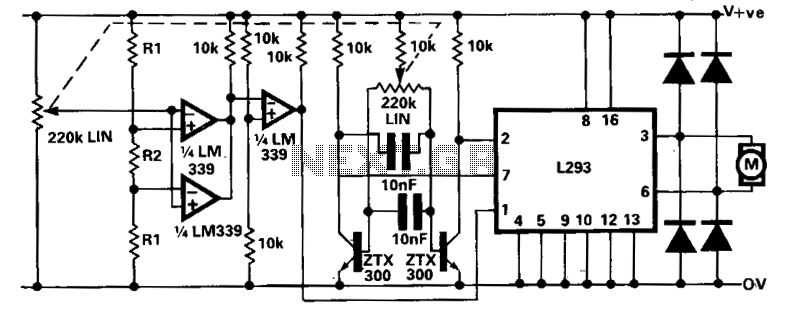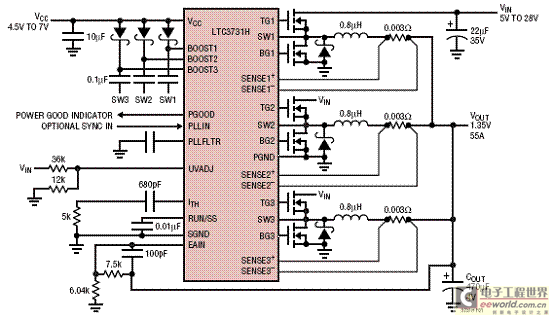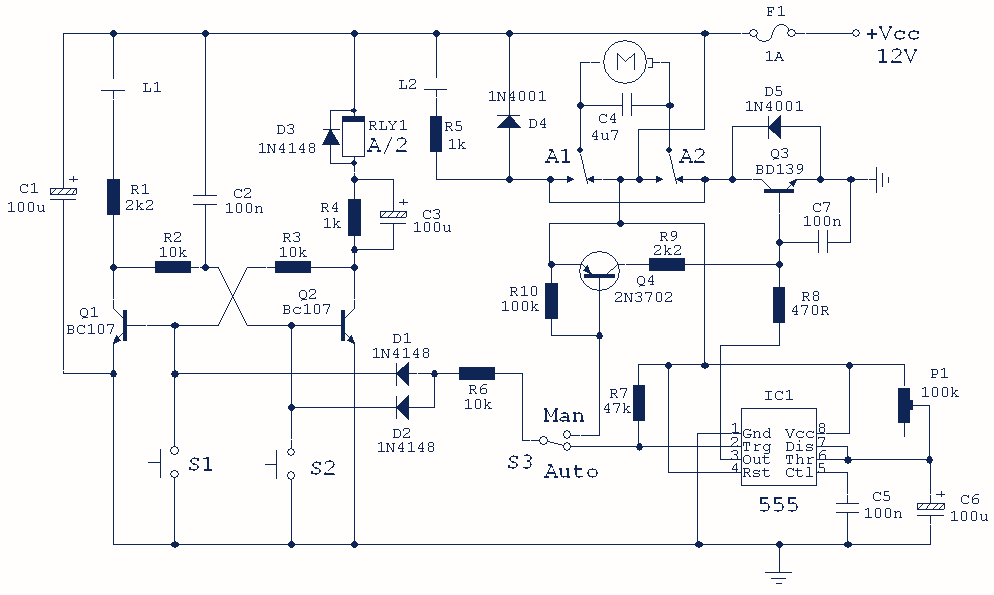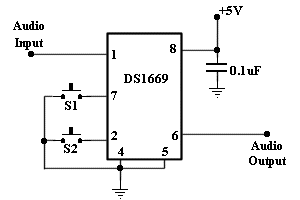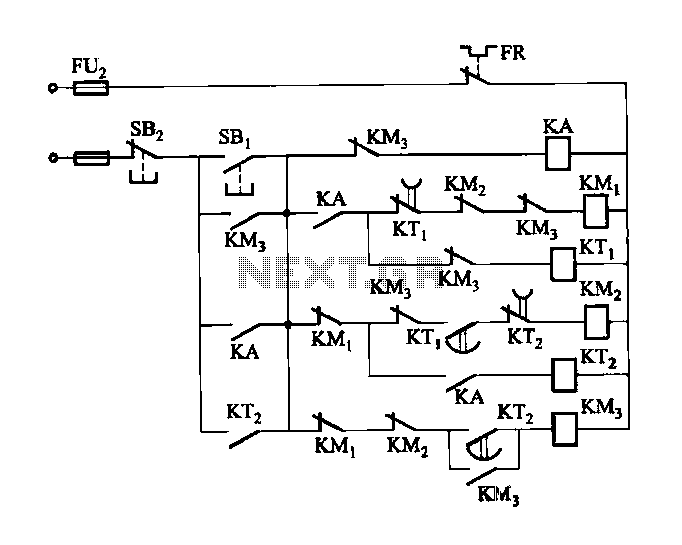
IR REMOTE CONTROL RECEIVER
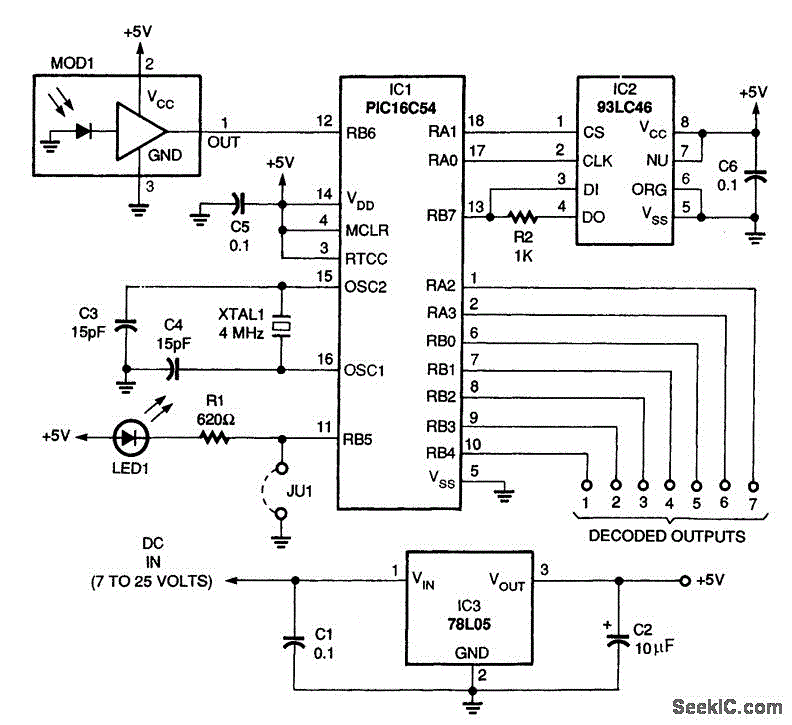
A schematic diagram of the remote-control receiver is presented. The core component of the circuit is IC1, a PIC16C54 8-bit CMOS microcontroller produced by Microchip. The microcontroller retains its data in IC2, a 93LC46 1-kbit serial EEPROM (electrically erasable programmable read-only memory), also from Microchip. In this application, the 93LC46 utilizes a three-line interface.
The remote-control receiver circuit operates by receiving signals from a remote control device. The PIC16C54 microcontroller serves as the central processing unit, executing the control logic necessary for interpreting the incoming signals. It is capable of handling various tasks, including signal decoding, data processing, and controlling output devices based on the received commands.
The 93LC46 EEPROM is integrated into the system to provide non-volatile memory storage. This allows the microcontroller to retain configuration settings or other critical data even when power is removed. The three-line interface of the EEPROM consists of a clock line, a data line, and a chip select line, facilitating efficient communication between the microcontroller and the memory.
The schematic may also include additional components such as resistors, capacitors, and possibly a power supply circuit to ensure stable operation of both the microcontroller and the EEPROM. The design should account for power management to prolong battery life in portable applications. Additionally, appropriate filtering and decoupling capacitors should be employed to minimize noise and ensure reliable operation of the digital components.
Overall, this remote-control receiver schematic is designed for flexibility and efficiency, making it suitable for various applications in consumer electronics, home automation, and remote monitoring systems.A schematic diagram of the remote-control receiver is shown. The heart of the circuit is IC1, a PIC16C54 8-bit CMOS manufactured by Microchip. The microcontroller stores its data in IC2, a 93LC46 1-kbit serial EEPROM (electrically erasable programmable read-only ntemory), also manufactured by Microchip. In this application, the 93LC46 has a three-line inte.. 🔗 External reference
The remote-control receiver circuit operates by receiving signals from a remote control device. The PIC16C54 microcontroller serves as the central processing unit, executing the control logic necessary for interpreting the incoming signals. It is capable of handling various tasks, including signal decoding, data processing, and controlling output devices based on the received commands.
The 93LC46 EEPROM is integrated into the system to provide non-volatile memory storage. This allows the microcontroller to retain configuration settings or other critical data even when power is removed. The three-line interface of the EEPROM consists of a clock line, a data line, and a chip select line, facilitating efficient communication between the microcontroller and the memory.
The schematic may also include additional components such as resistors, capacitors, and possibly a power supply circuit to ensure stable operation of both the microcontroller and the EEPROM. The design should account for power management to prolong battery life in portable applications. Additionally, appropriate filtering and decoupling capacitors should be employed to minimize noise and ensure reliable operation of the digital components.
Overall, this remote-control receiver schematic is designed for flexibility and efficiency, making it suitable for various applications in consumer electronics, home automation, and remote monitoring systems.A schematic diagram of the remote-control receiver is shown. The heart of the circuit is IC1, a PIC16C54 8-bit CMOS manufactured by Microchip. The microcontroller stores its data in IC2, a 93LC46 1-kbit serial EEPROM (electrically erasable programmable read-only ntemory), also manufactured by Microchip. In this application, the 93LC46 has a three-line inte.. 🔗 External reference
Warning: include(partials/cookie-banner.php): Failed to open stream: Permission denied in /var/www/html/nextgr/view-circuit.php on line 713
Warning: include(): Failed opening 'partials/cookie-banner.php' for inclusion (include_path='.:/usr/share/php') in /var/www/html/nextgr/view-circuit.php on line 713
